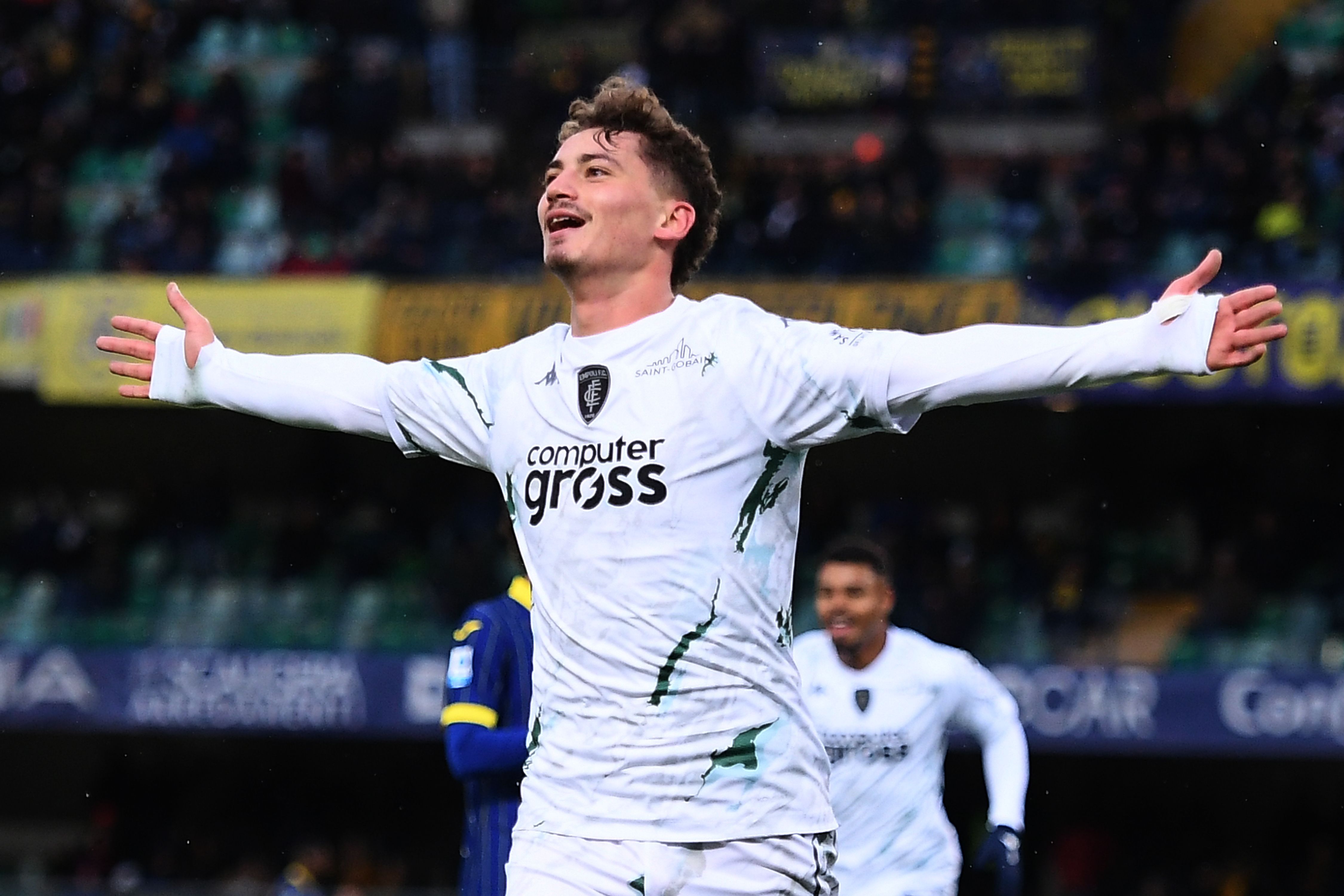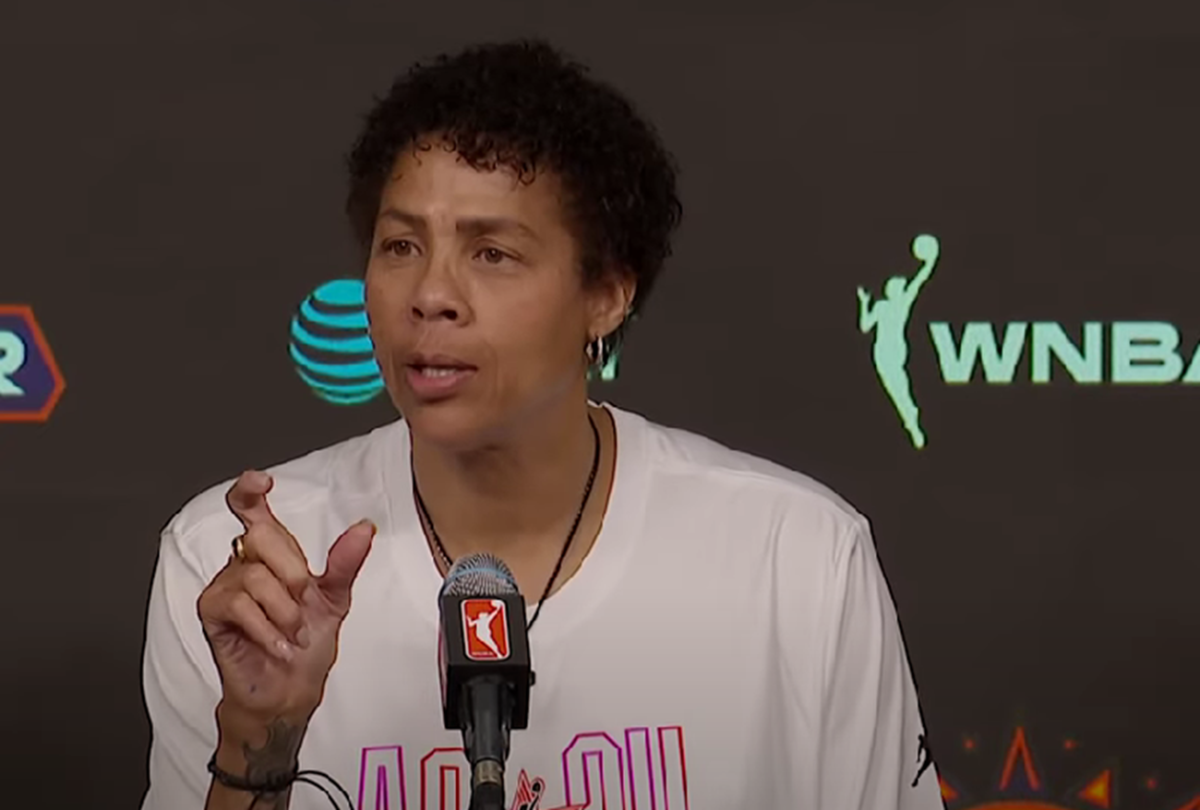
Bradford DoolittleJul 2, 2025, 11:44 PM ET
- MLB writer and analyst for ESPN.com
- Former NBA writer and analyst for ESPN.com
- Been with ESPN since 2013
The 3,000-strikeout club has grown by one, with Clayton Kershaw of the Los Angeles Dodgers whiffing the Chicago White Sox's Vinny Capra in the sixth inning on Wednesday, becoming the 20th pitcher in baseball history to reach that milestone.
The 3K pitching club doesn't generate as much hullabaloo as its hitting counterpart, but it is in fact more exclusive: Thirty-three players have reached 3,000 hits.
When you look at the list of pitchers with 3,000 strikeouts, and Kershaw's place on it, a few things jump out at you.
• None of them pitched at Ebbets Field, at least not in a regular-season game. I frame it like that to illustrate that this level of whiffery is a fairly recent phenomenon. The Dodgers bolted Brooklyn after the 1957 season, and at that point, Walter Johnson was the only member of the 3,000-strikeout club. A career Washington Senator, he never pitched against the Dodgers. Every other 3K member made his big league debut in 1959 or later. Half of them debuted in 1984 or later. Three of them (Kershaw, Max Scherzer and Justin Verlander) are active.
• For now, Kershaw has thrown the fewest career innings of any 3K member, though he's likely to eventually end up with more frames than Pedro Martinez.
• Kershaw has the highest winning percentage of the 20 (.697) and the best ERA+ (155), though his edges over Martinez (.685 and 154) are razor thin.
• Kershaw tops the list in average game score (61.9) and is tied for second (with Bob Gibson) for quality start percentage (68%), behind only Tom Seaver (70%).
• Kershaw lags behind in bWAR, at least among this group of current, future and should-be Hall of Famers with 77.1, ranking 16th.
So where does Kershaw really rank in the 3K club? I'm glad you asked.
First, what should be obvious from the above bullet points is that the response to the question will vary according to how you choose to answer it. The ranking below reflects not only how I chose to answer the question but how I'd like to see starting pitchers rated in general -- even today, in the wildly different context from the days of Walter Johnson.

1. Roger Clemens
FWP: 568.8 | Strikeouts: 4,672
Game score W-L: 477-230 (.675)
The top three pitchers on the list, including Rocket, match the modern-era top three for all pitchers, not just the 3K guys. (The string is broken by fourth-place Christy Mathewson.) Before running the numbers, I figured Walter Johnson, with his modern-era record of 417 career wins (the old-fashioned variety), would top the list. But Clemens actually started more games (relief appearances don't factor in) and had a better game score win percentage.
2. Randy Johnson
FWP: 532.9 | Strikeouts: 4,875
Game score W-L: 421-182 (.698)
Since we're lopping off pre-1901 performances, the method does Cy Young dirty. Only two pitchers -- Young (511 wins) and Walter Johnson got to 400 career wins by the traditional method. By the game score method, the club grows to nine, including a bunch of players many of us actually got to see play. The Big Unit is one of the new 400-game winners, and of the nine, his game score winning percentage is the highest. The only thing keeping Johnson from No. 1 on this list is that he logged 104 fewer career starts than Clemens.
3. Walter Johnson
FWP: 494.7 | Strikeouts: 3,509
Game score W-L: 437-229 (.656)
Don't weep for the Big Train -- even this revamping of his century-old performance record and the fixation on strikeouts can't dim his greatness. That fact we mentioned in the introduction -- that every 3K member except Walter Johnson debuted in 1959 or later -- tells you a lot about just how much he was a man out of his time. Johnson retired after the 1927 season and surpassed 3,000 strikeouts by whiffing Cleveland's Stan Coveleski on July 22, 1923. It was nearly 51 years before Gibson became 3K member No. 2 on July 17, 1974.
4. Greg Maddux
FWP: 443.3 | Strikeouts: 3,371
Game score W-L: 453-287 (.612)
There is a stark contrast between pitcher No. 4 and pitcher No. 5 on this ranking. The wild thing about Maddux ranking above Nolan Ryan in a group selected for strikeouts is that no one thinks of Maddux as a strikeout pitcher. He never led a league in whiffs and topped 200 just once (204 in 1998). He was just an amazingly good pitcher for a really long time.
5. Nolan Ryan
FWP: 443.1 | Strikeouts: 5,714
Game score W-L: 467-306 (.604)
Ryan is without a doubt the greatest strikeout pitcher who ever lived, and it's really hard to imagine someone surpassing him. This is a guy who struck out his first six batters in 1966, when Lyndon Johnson was in the White House, and his last 46 in 1993, when Bill Clinton was there. Ryan was often criticized during his heyday for his win-loss record, but the game score method clears that right up. Ryan's revised winning percentage (.604) is markedly higher than his actual percentage (.526).
6. Max Scherzer
FWP: 385.7 | Strikeouts: 3,419
Game score W-L: 315-145 (.685)
Here's another another club Mad Max is in: .680 or better game score winning percentage, minimum 100 career starts. He's one of just eight members, along with Kershaw. The list is topped by Smoky Joe Wood, who dominated the AL during the 1910s before hurting his arm and converting into a full-time outfielder. The full list: Wood, Martinez, Randy Johnson, Lefty Grove, Mathewson, Kershaw, Stephen Strasburg and Scherzer.
7. Justin Verlander
FWP: 385.0 | Strikeouts: 3,471
Game score W-L: 349-190 (.647)
Like Scherzer, Verlander is fresh off the injured list. Thus, the two active leaders in our version of FWP have resumed their tight battle for permanent supremacy. Both also resume their quests to become the 10th and 11th pitchers to reach 3,500 strikeouts. Verlander, who hasn't earned a traditional win in 13 starts, is 4-9 this season by the game score method.
8. Pedro Martinez
FWP: 383.5 | Strikeouts: 3,154
Game score W-L: 292-117 (.714)
By so many measures, Martinez is one of the greatest of all time, even if his career volume didn't reach the same levels as those of the others on the list. His 409 career starts is easily the fewest of the 3K club. But he has the highest game score winning percentage and, likewise, the highest score for FWP per start (.938).
9. Steve Carlton
FWP: 379.8 | Strikeouts: 4,136
Game score W-L: 420-289 (.592)
When you think of Lefty, you think of his 1972 season, when he went 27-10 (traditional method) for a Phillies team that went 59-97. What does the game score method think of that season? It hates it. Kidding! No, Carlton, as you'd expect, dominated, going 32-9. So think of it like this: There were 32 times in 1972 that Carlton outpitched his starting counterpart despite the lethargic offense behind him.
10. Tom Seaver
FWP: 371.3 | Strikeouts: 3,640
Game score W-L: 391-256 (.604)
Perhaps no other pitcher of his time demonstrated a more lethal combination of dominance and consistency than Seaver. The consistency is his historical differentiator. As mentioned, his career quality start percentage (70%) is tops among this group. Among all pitchers with at least 100 career starts, he ranks fifth. Dead ball era pitchers get a leg up in this stat, so the leader is the fairly anonymous Jeff Tesreau (72%), a standout for John McGraw's New York Giants during the 1910s. The others ahead of Seaver are a fascinating bunch. One is Babe Ruth, and another is Ernie Shore, who in 1917 relieved Ruth when The Babe was ejected after walking a batter to start a game. Shore replaced him, picked off the batter who walked, then went on to retire all 26 batters he faced. The other ahead of Seaver: Jacob deGrom.
11. Don Sutton
FWP: 370.6 | Strikeouts: 3,574
Game score W-L: 437-319 (.578)
For a post-dead-ball pitcher, Sutton was a model of durability. He ranks third in career starts (756) and seventh in innings (5,283⅓). During the first 15 seasons of his career, Sutton started 31 or more games 14 times and threw at least 207 innings for the Dodgers in every season.
12. Clayton Kershaw
FWP: 367.5 | Strikeouts: 3,000
Game score W-L: 300-138 (.685)
And here's the guest of honor, our reason for doing this ranking exercise. As you can see, Kershaw joined the 300-game-score win club in his last start before Wednesday's milestone game, becoming the 38th member. In so many measures of dominance, consistency and efficiency, Kershaw ranks as one of the very best pitchers of all time. When you think that he, Verlander and Scherzer are all in the waning years of Hall of Fame careers, you can't help but wonder who, if anyone, is going to join some of the elite starting pitching statistical clubs in the future.
13. Ferguson Jenkins
FWP: 353.8 | Strikeouts: 3,192
Game score W-L: 363-231 (.611)
Jenkins is in the Hall of Fame, so we can't exactly say he was overlooked. Still, it does feel like he's a bit underrated on the historical scale. His FWP score ranks 17th among all pitchers, and the game score method gives him a significant win-loss boost. That .611 percentage you see here is a good bit higher than his actual .557 career winning percentage. He just didn't play for very many good teams and, in fact, never appeared in the postseason. He's not the only Hall of Famer associated with the Chicago Cubs who suffered that fate.
14. Gaylord Perry
FWP: 335.6 | Strikeouts: 3,534
Game score W-L: 398-292 (.577)
Perry, famous for doing, uh, whatever it takes to win a game, famously hung around past his expiration date to get to 300 wins, and he ended up with 314. Poor Perry: If my game score method had been in effect, he'd have quit two wins shy of 400. Would someone have given him a shot at getting there in 1984, when he was 45? One of history's great what-if questions.
15. Phil Niekro
FWP: 332.5 | Strikeouts: 3,342
Game score W-L: 408-308 (.570)
Knucksie won 318 games, and lost 274, the type of career exemplified by his 1979 season, when he went 21-20. We aren't likely to see anyone again pair a 20-win season with a 20-loss season. His .537 traditional winning percentage improves with the game score method, but he's still the low man in the 3K club in that column. Niekro joins Ryan and Sutton on the list of those with 300 game score losses. Sutton, at 319, is the leader. The others: Tommy John, Tom Glavine and Jamie Moyer. Of course, they were all safely over the 300-game-score win threshold as well.
16. CC Sabathia
FWP: 323.2 | Strikeouts: 3,093
Game score W-L: 339-221 (.605)
Sabathia will be inducted into the Hall of Fame next month, and his place in this group only underscores how deserving he is of that honor. Sabathia debuted in 2001, and to reach the 250 traditional-win level (he won 251) in this era is an amazing feat. The only pitcher in that club who debuted later is Verlander, stuck at 262 wins after debuting in 2005. Right now, it's hard to imagine who, if anyone, will be next. Of course, if we just went with game score wins, that would be different.
17. Bob Gibson
FWP: 321.0 | Strikeouts: 3,117
Game score W-L: 305-177 (.633)
Gibson, incidentally, also won 251 games -- and also gets enough boost from the game score method to climb over 300. His revised percentage is better than his traditional mark of .591. His average game score ranks third in this group, a reflection of his steady dominance but also of the era in which he pitched. Gibson is tied for eighth in quality start percentage among all pitchers. In 1968, when Gibson owned the baseball world with a 1.12 ERA, he went 22-9 by the traditional method. The game score method: 26-8. You'd think it would be even better, but it was, after all, the Year of the Pitcher.
18. Bert Blyleven
FWP: 320.2 | Strikeouts: 3,701
Game score W-L: 391-294 (.571)
It took a prolonged campaign by statheads to raise awareness about Blyleven's greatness and aid his eventual Cooperstown induction. He finished with 287 traditional wins, short of the historical benchmark. Here he would fall short of the 400-win benchmark, but, nevertheless, he is tied with John and Seaver for 11th on the game score wins list. His actual winning percentage was .534.
19. Curt Schilling
FWP: 307.1 | Strikeouts: 3,116
Game score W-L: 281-155 (.644)
There are 31 pitchers who have broken the 300 FWP level, and it's hard for me to imagine how anyone in that group could be left out of Cooperstown. You can sort this out for yourself in terms of baseball and not baseball reasons for this, but the group not there is Clemens, Schilling, John and Andy Pettitte, plus the greats (Kershaw, Verlander, Scherzer) who are still active.
20. John Smoltz
FWP: 273.8 | Strikeouts: 3,084
Game score W-L: 290-191 (.603)
Smoltz won 213 games the traditional way, and he falls just short of 300 by the revised method. But all of this is about starting pitching, and with Smoltz, that overlooks a lot. After missing the 2000 season because of injury, he returned as a reliever, and for four seasons he was one of the best, logging 154 saves during that time. He's the only member of the 200-win, 100-save club.
.png)
 German (DE)
German (DE)  English (US)
English (US)  Spanish (ES)
Spanish (ES)  French (FR)
French (FR)  Hindi (IN)
Hindi (IN)  Italian (IT)
Italian (IT)  Russian (RU)
Russian (RU)  6 hours ago
7
6 hours ago
7






Comments
Get the most out of News by signing in
Sign In Register